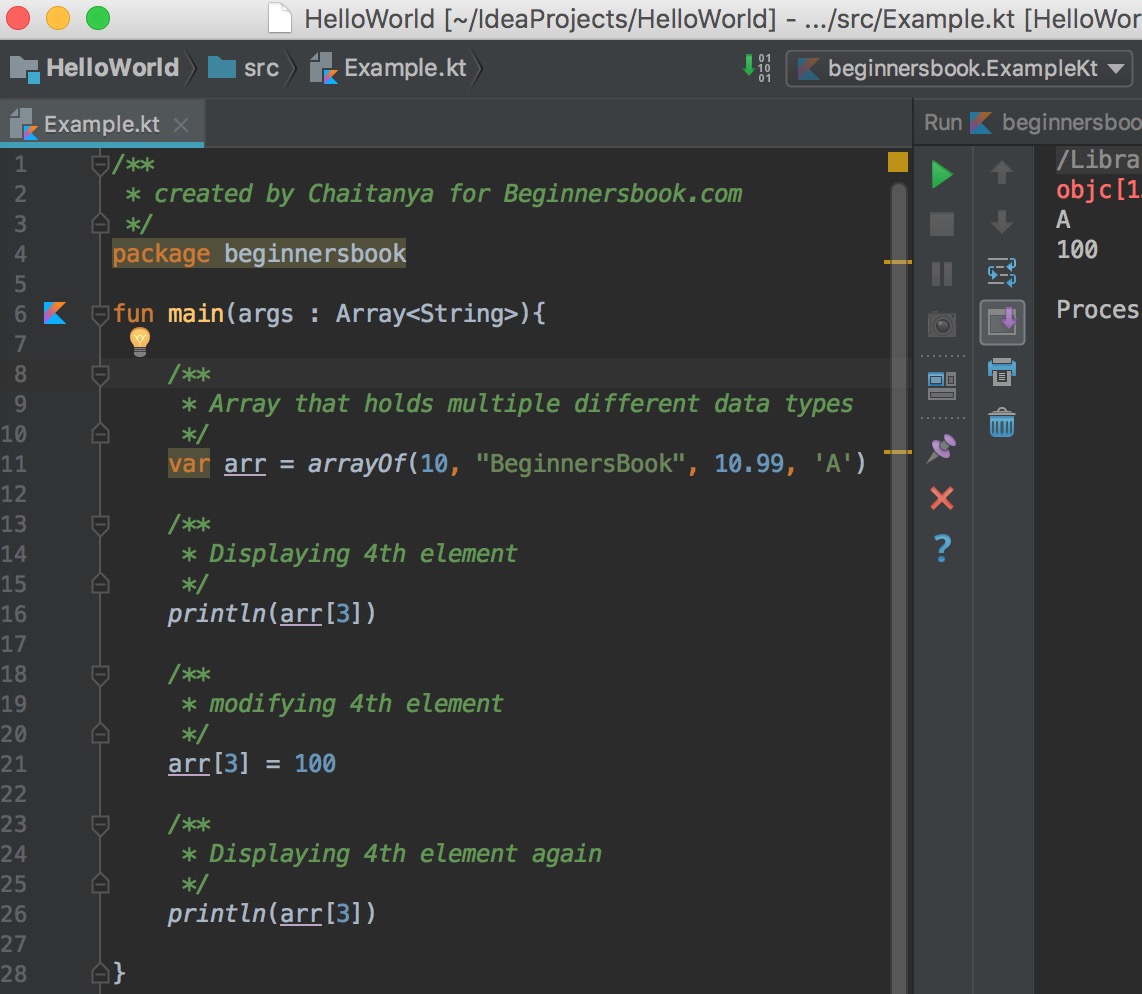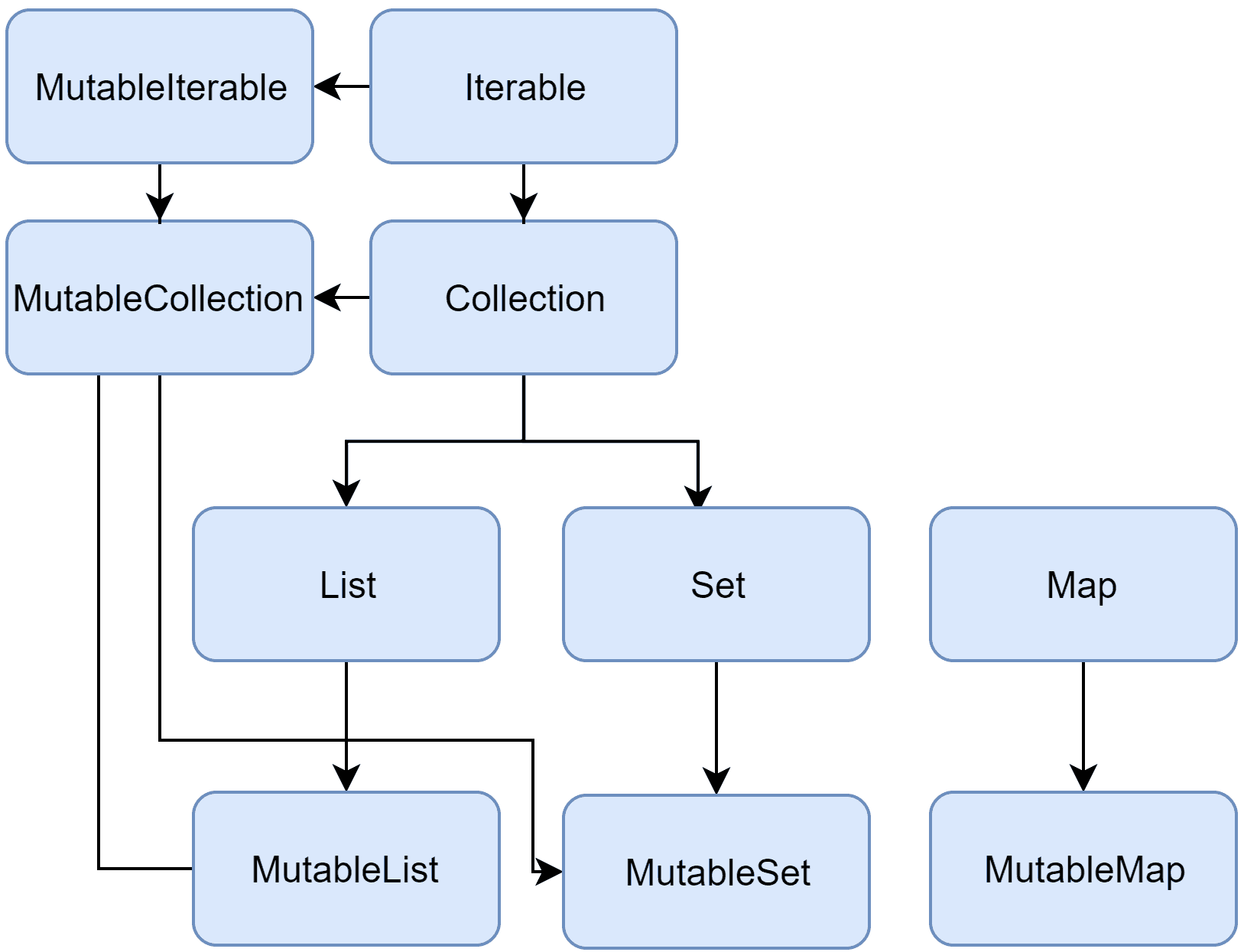


To build apps involving arbitrary amounts of data, you need to learn how to use collections.Ĭollection types (sometimes called data structures) let you store multiple values, typically of the same data type, in an organized way. However, in the code you've written so far, you've mostly worked with data consisting of a single value, like a number or piece of text displayed on the screen. Val resultA:List = listOfItem1.In many apps, you've probably seen data displayed as a list: contacts, settings, search results, etc. Returns a set containing all elements that are contained by both of the list. Val resultC: Set = listOfItem2 union listOfItem1 Val resultB: Set = listOfItem1 union listOfItem2 Val resultA:List = (listOfItem1 + listOfItem2).distinct() Returns a set containing all distinct elements from both of the list. They are just small example I will highly recommend for looking up in docs for detailed explanation!, Now then 👁️ on the code 💻👇 Union : I have added `List` operations that you would perform to get the similar results for comparison. Union, Intersect and Subtract are function present in Kotlin's standard collection api, they all return Set type and preserve the element iteration order of the first array, and since they all are infix they don't need (, ). TLDR : Snippet says it all 😉 Disclaimer : All the assets used as background belongs to respective companies I don't promote them as my own, they are just used to make code relatable and attractive.

Small snippets on how you can perform union, intersection & subtraction on list! Featured on:


 0 kommentar(er)
0 kommentar(er)
